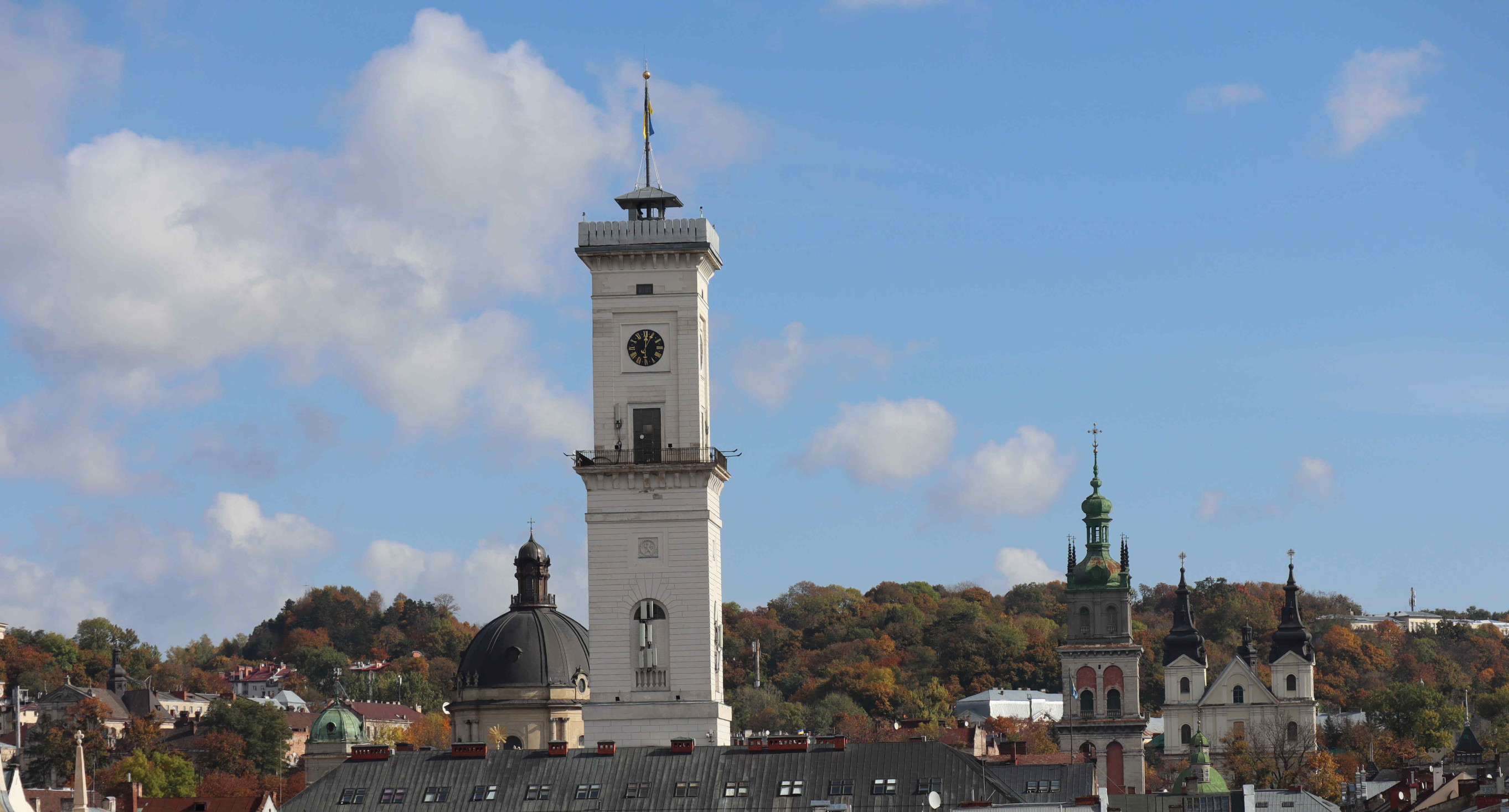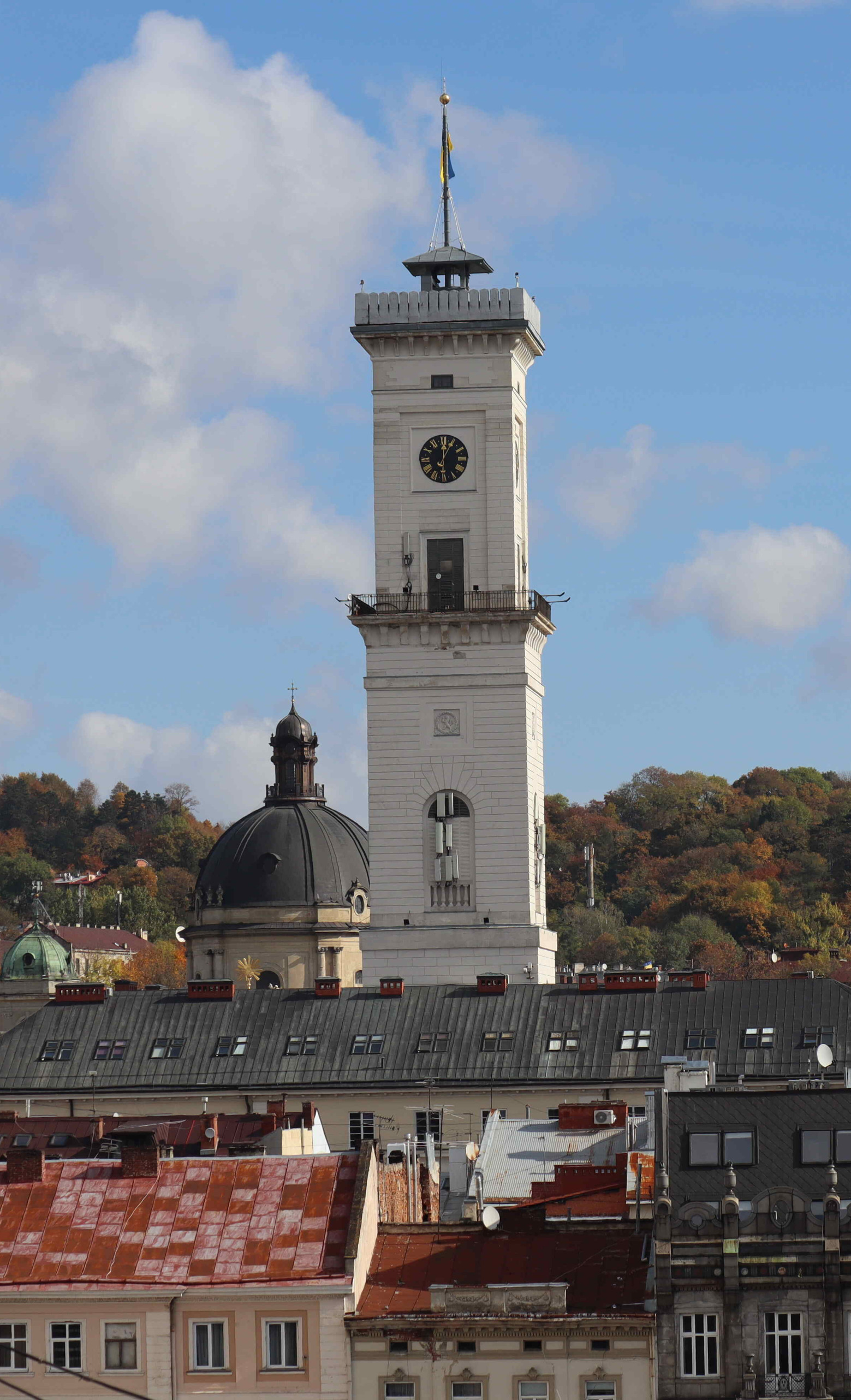The most valuable resource possessed by every individual and every city is time. In Lviv, you can see it in all its manifestations, from the pace of life to the ancient clocks - the guardians of time on the towers.
The first documented mentions of clocks in Lviv date back to 1404. They are well over a hundred years old, but they have preserved their ancient grandeur and diligently fulfill their function to this day.
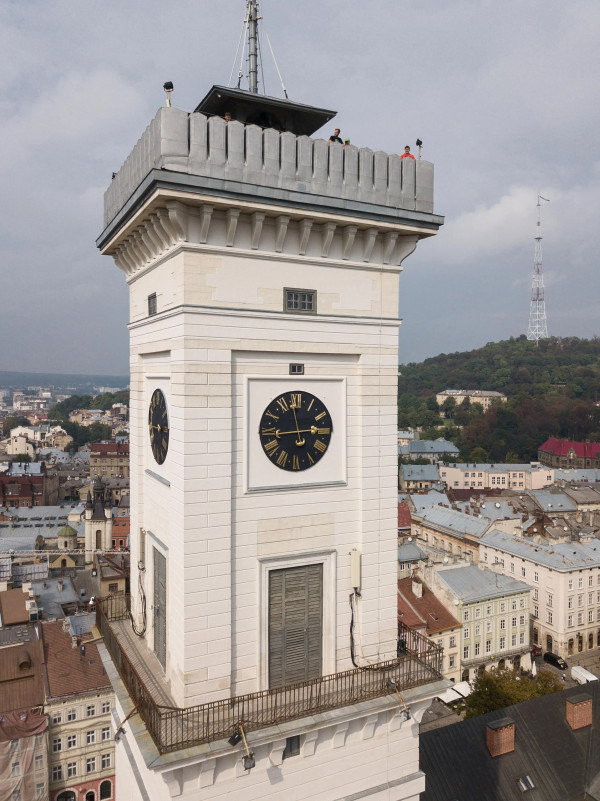
City Tower
The first information about the clock on the Town Hall (the first city clock in Lviv) dates back to 1404. At some point, during an artillery bombardment by Austrian troops, the clock along with the tower of the Town Hall was destroyed by fire. The building that stands in the middle of Rynok Square today is, in fact, the fourth version of the city hall of our city, having undergone fires and restorations at various times. However, after the tower was rebuilt in 1851, a new clock was installed, produced in Vienna by the well-known Austrian firm "Wilhelm Stiehl," which still operates. This is one of the last mechanical tower clocks in Europe. The clock mechanism is located at a height of 75 meters, from the fourth floor of the Town Hall to the cabin where it is housed, there are 255 steps, and in total to the observation platform on the top of the Town Hall, just below the bells, there are 364 steps. The clock weighs 2.5 tons, the diameter of the clock face is 2.7 meters, the length of the large hand is about 2.15 meters (weighing 15 kg), and the small hand is 1.7 meters long. The clock chimes every fifteen minutes and, of course, every hour.
On the large bell of the Town Hall, there is an inscription in German: "Sleep peacefully. We will wake you when needed!"
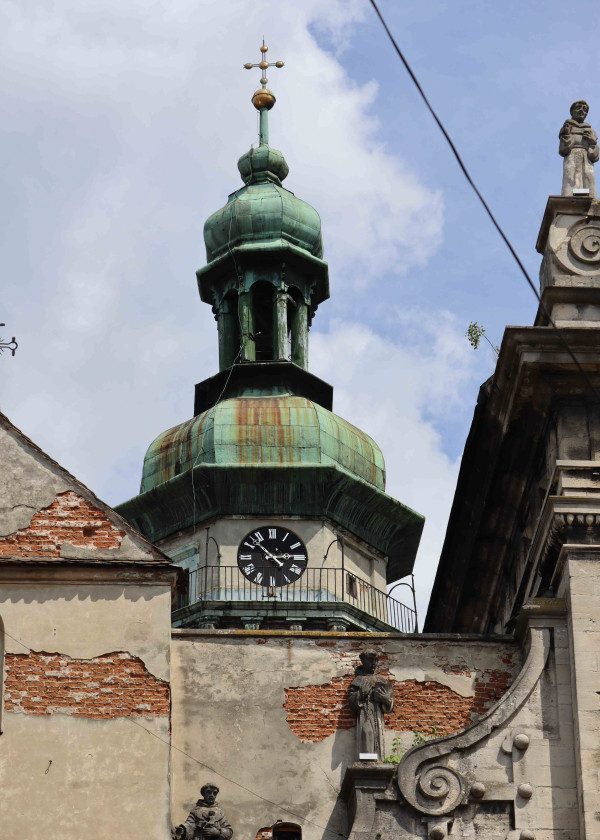
The "Bernardine" clock, which was ahead by 5 minutes
Almost simultaneously with the Jesuit clock, a clock appeared on the Bernardine Church (now the Church of St. Andrew). In 1753, during the priorate of Father Venantius Tyshkovsky, a clock with a height of 38 meters was installed by the Bernardines, and after their expulsion in 1785, the clock deteriorated along with the tower, which became a habitat for birds and shelter for a few novice friars who hid there, awaiting better times for their order. After the return of the Bernardines, the clock was restored in 1817. Its mechanism had such an old design that in 1885, when restoration was required, none of the Lviv clockmakers wanted to undertake the job. So, the clock was sent to Prague for repairs. It returned to Lviv in working order, running 5 minutes ahead of the Town Hall clock.
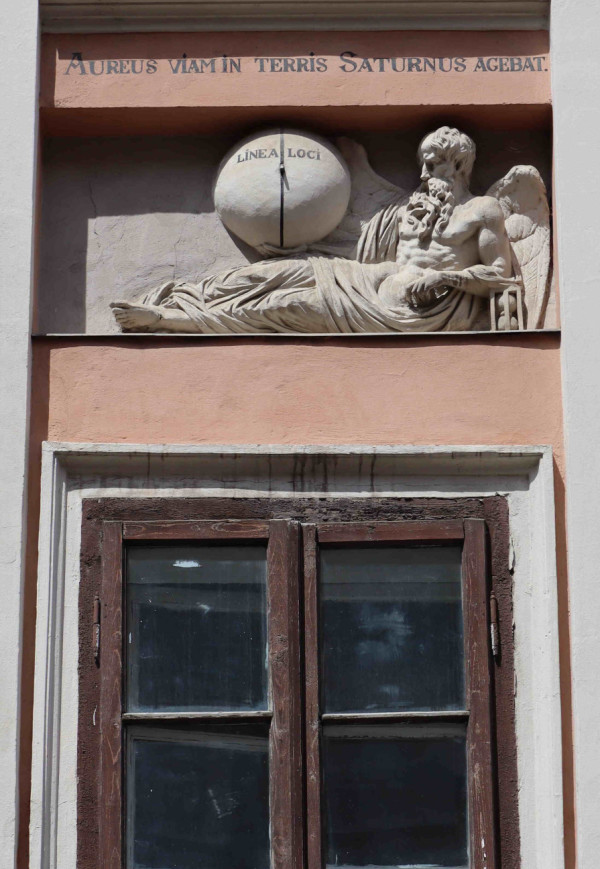
"The Four Seasons House"
One of the most interesting clocks in Lviv is the sundial located on the residential building at 23 Armenian Street.
Constructed in stone, like most of its neighbors, in the 17th century, this building originally consisted of two structures positioned side by side. It is known that its splendid appearance, which stands out against the more modest neighboring buildings, is thanks to the practicing doctor Ivashkevych, who had the idea to merge the two intermediate buildings into one. The building acquired its unique look and the name "The Four Seasons House" in the 1860s, following the reconstruction of the central façade by the sculptor Hryhoriy Krasutskyi. What sets it apart in the row of closely adjoining buildings is the main façade with a bas-relief depiction of Chronos, who holds the sundial of the cosmos and scenes from the life of peasants from Vergil's "Georgics" on plaques, symbolizing the seasons ("plowing" – spring, "harvesting" – summer, "flax cleaning" – autumn, and "wedding" – winter).
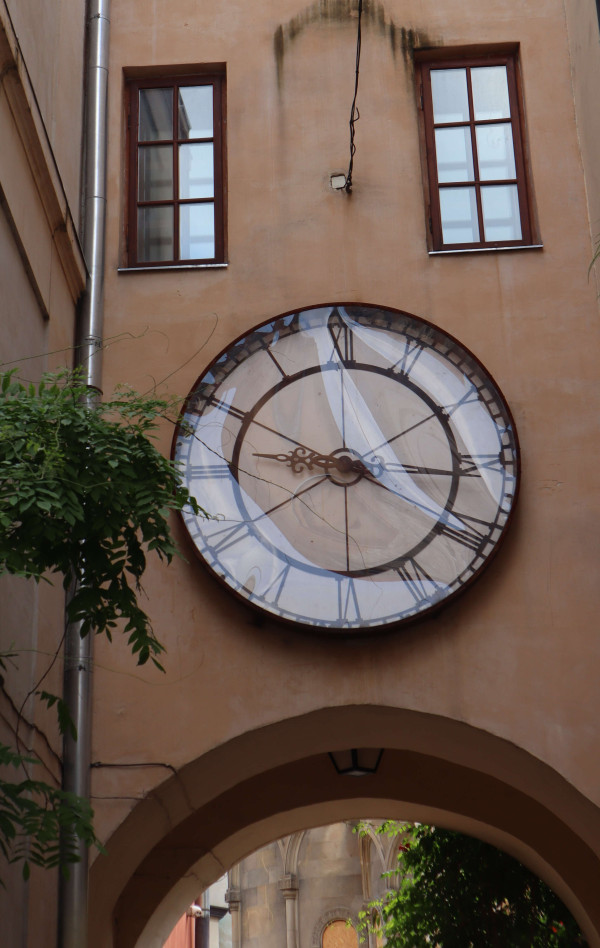
"The Countdown Clock in Sergiy Paradzhanov Lane"
In the center of Lviv, at the end of August 2019, a venue called "Para Dzhanov i Portveyn" was opened, and its owners adorned the passage from Lesya Ukrainka Street to Armenian Street with a charming clock. The clock's hands run in reverse, and the authors claim that when both clock hands align at the 12 o'clock mark, you should stand beneath it and make a wish, which will surely come true.
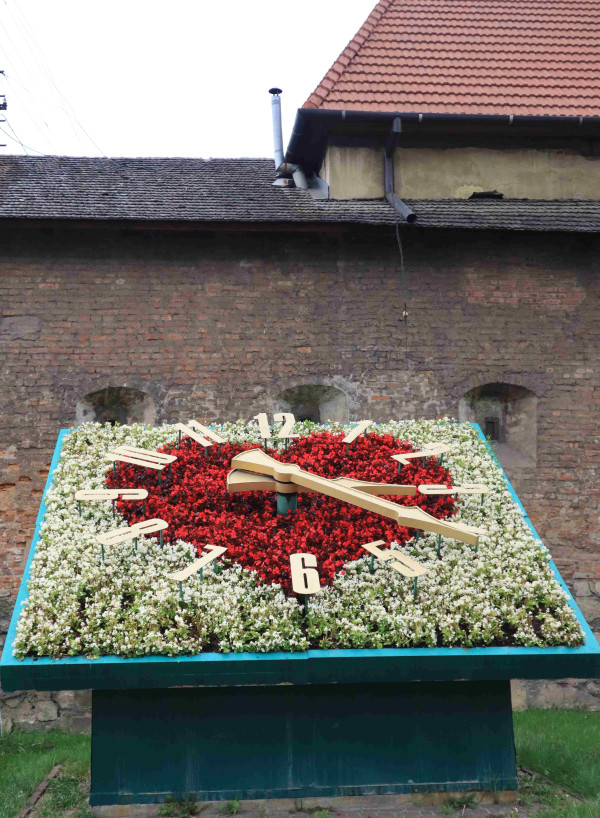
The Flower Clock on Mytna Square
What colors make up the composition? They constantly change because the clock flowerbed is adorned with live flowers each year as part of the city's preparations for Easter. This clock is unique because its mechanism allows the hands to display the time at any season. The Flower Clock in Lviv has been operating since 2010. A similar flower composition existed in Soviet times. The clock mechanism was designed by clockmaker Oleksiy Burnayev. The mechanism's design allows it to function year-round, so you can always check the time, even in the cold non-flowering season.
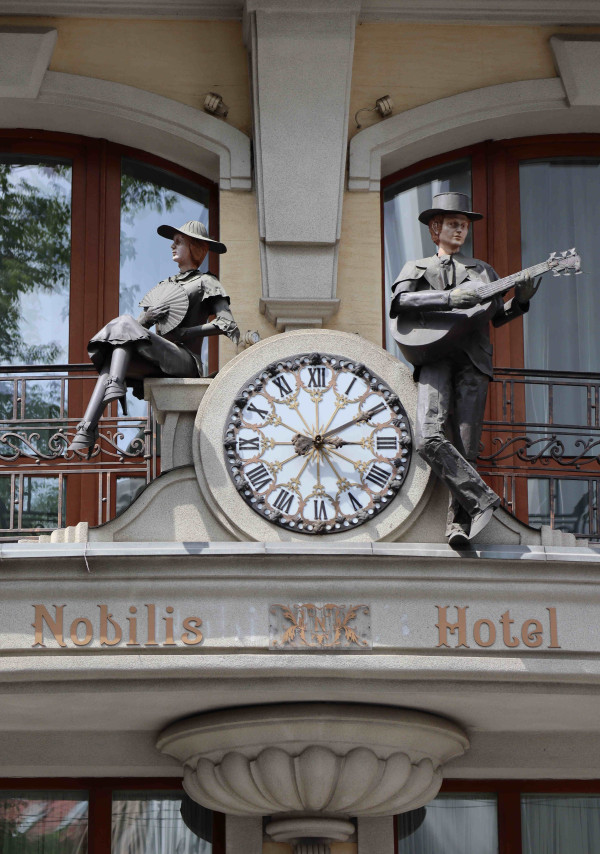
"The Lovers' Clock" on Hertsena Street, 8
Right here, a whole scene from life unfolds. This clock was designed not just as a mechanism. According to the authors' idea, a girl and a minstrel confess their love to each other for a total of 92 minutes. Initially, the client wanted to see two young men at the clock, who would take turns striking the bells with hammers. Then, they wanted to see two young ladies sitting together, sipping tea or coffee. After some time, they decided to place a young man and a girl with a flute. They later settled on the idea of a "love story." At first, the girl and the young man are looking in different directions. Then, when he sees her, he begins to play a pleasant melody on the guitar. She hides behind a fan. The culmination is the girl's action when she gives the ardent suitor a rose. All of this action is set to the music of Francis Lai from the film "Love Story." The girl and the minstrel were crafted by blacksmith Denis Staroman.
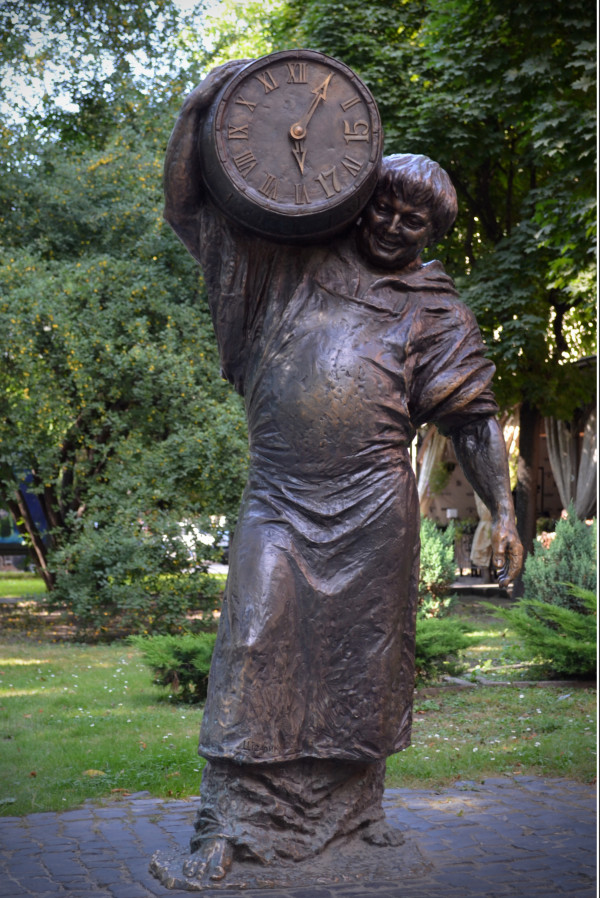
The "Brewer 1715 Monument Clock" on Svobodi Avenue, 18
The beer-themed clock featuring a monk-brewer sculpture is recognized as one of the most original clocks in the world. This accolade was given by the popular French website "Horological Heritage" in 2011. This sculptural masterpiece, created by Lviv master Volodymyr Tsisaryk over four months of productive work, was installed on May 9, 2011, just in time for Lviv's 755th birthday.
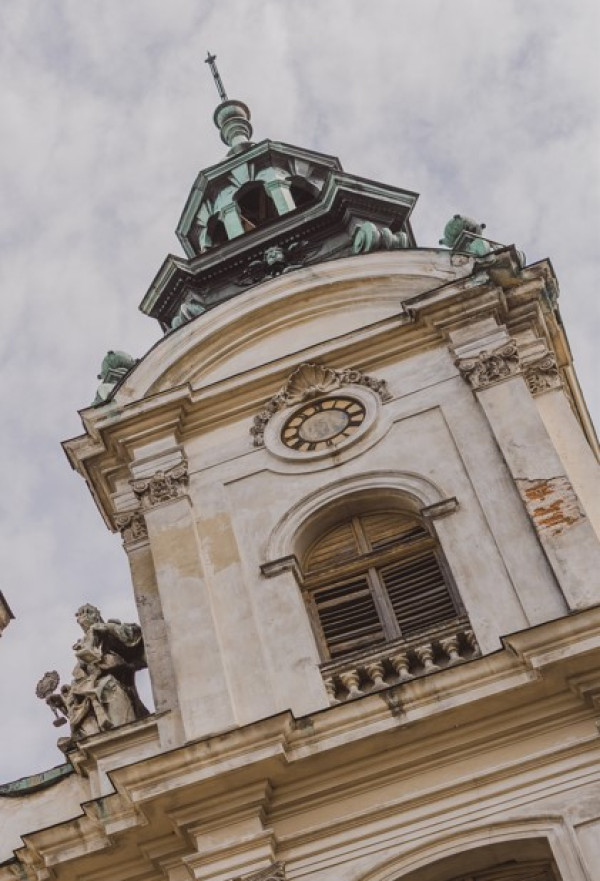
The clock on the tower of the Church of Mary Magdalene (now the Organ Hall)
It was installed around 1890, and today its mechanism is preserved in the Lviv National Art Gallery named after Danylo Halytskyi.
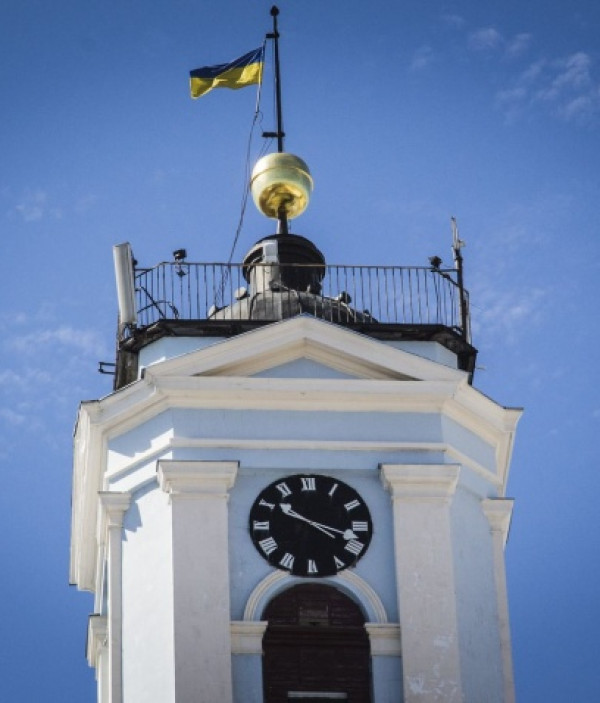
The clock on the bell tower of the former Church of the Holy Spirit
It arrived in Lviv in 1786 from the abolished Skete of Manyava Monastery. According to legend, it was made using the funds of the prominent Ukrainian hetman Ivan Vyhovsky. Before being installed on the tower, it was restored by the master Baltazar Tsigler from Sambir.
As we can see, historically, our timekeepers have always been a prestigious element for the city. Therefore, Lviv spared no expense on their installation and maintenance. In our times, we often don't even notice how many times a day we use this ancient mechanism. Once a luxury item, today it is the most everyday thing.
